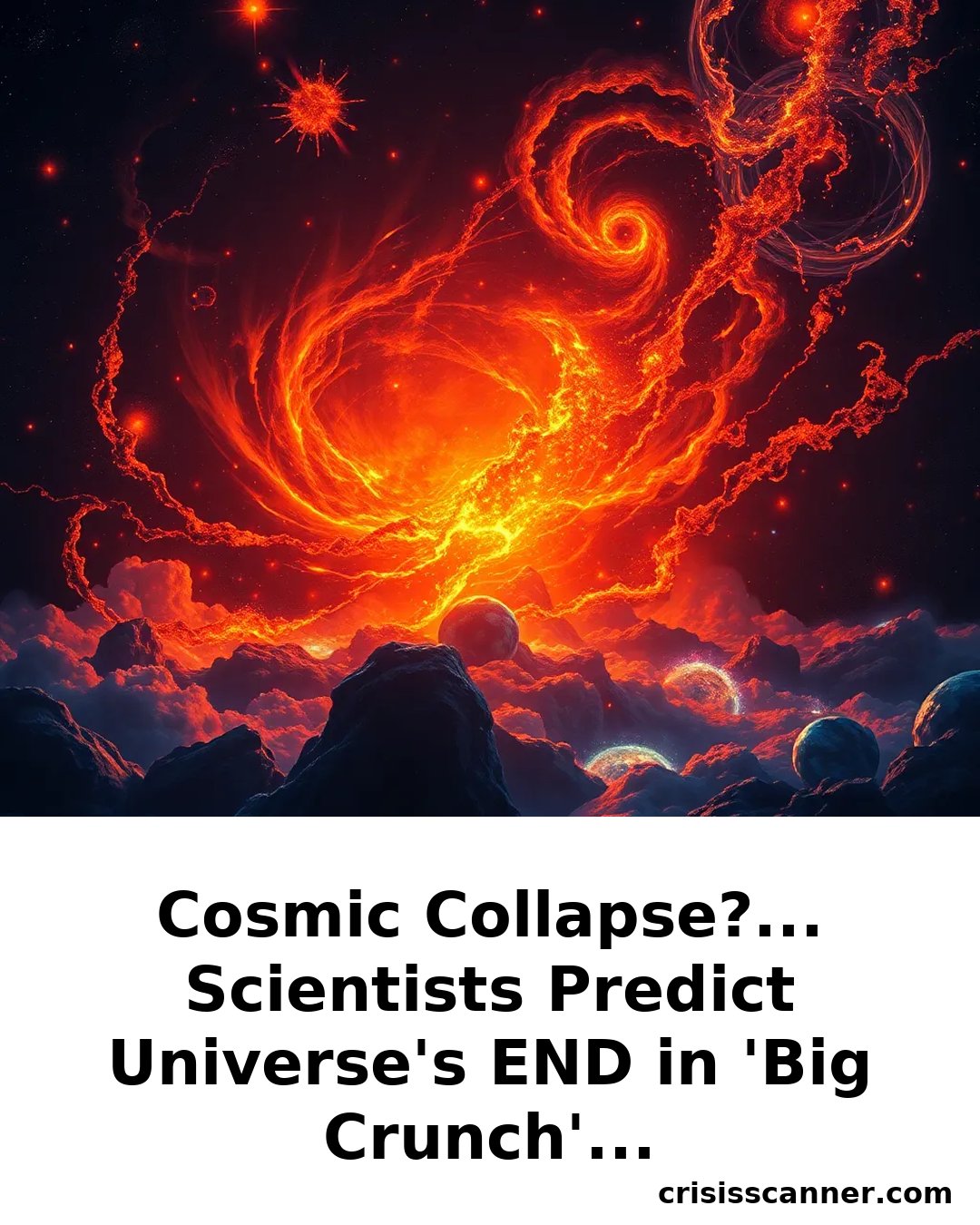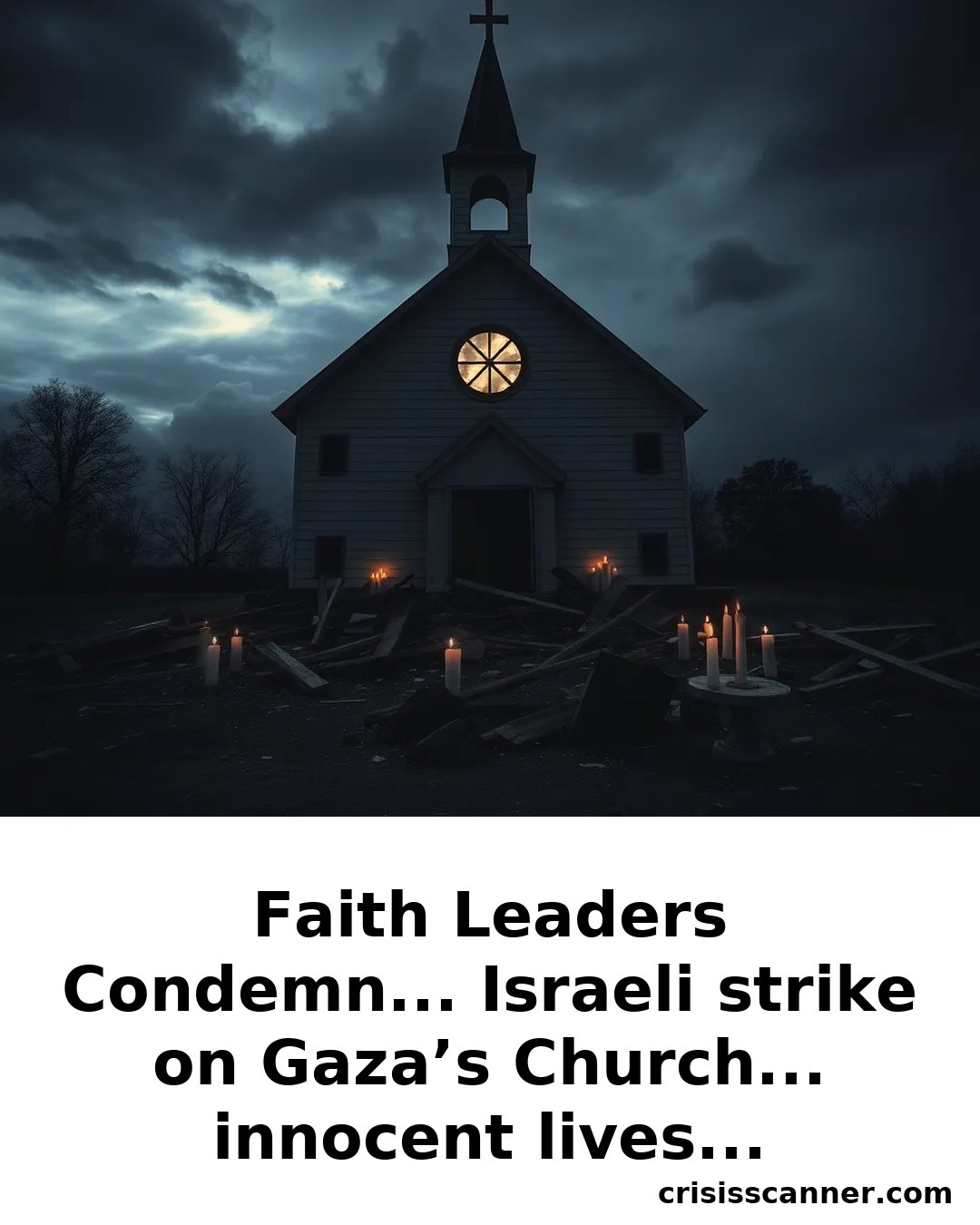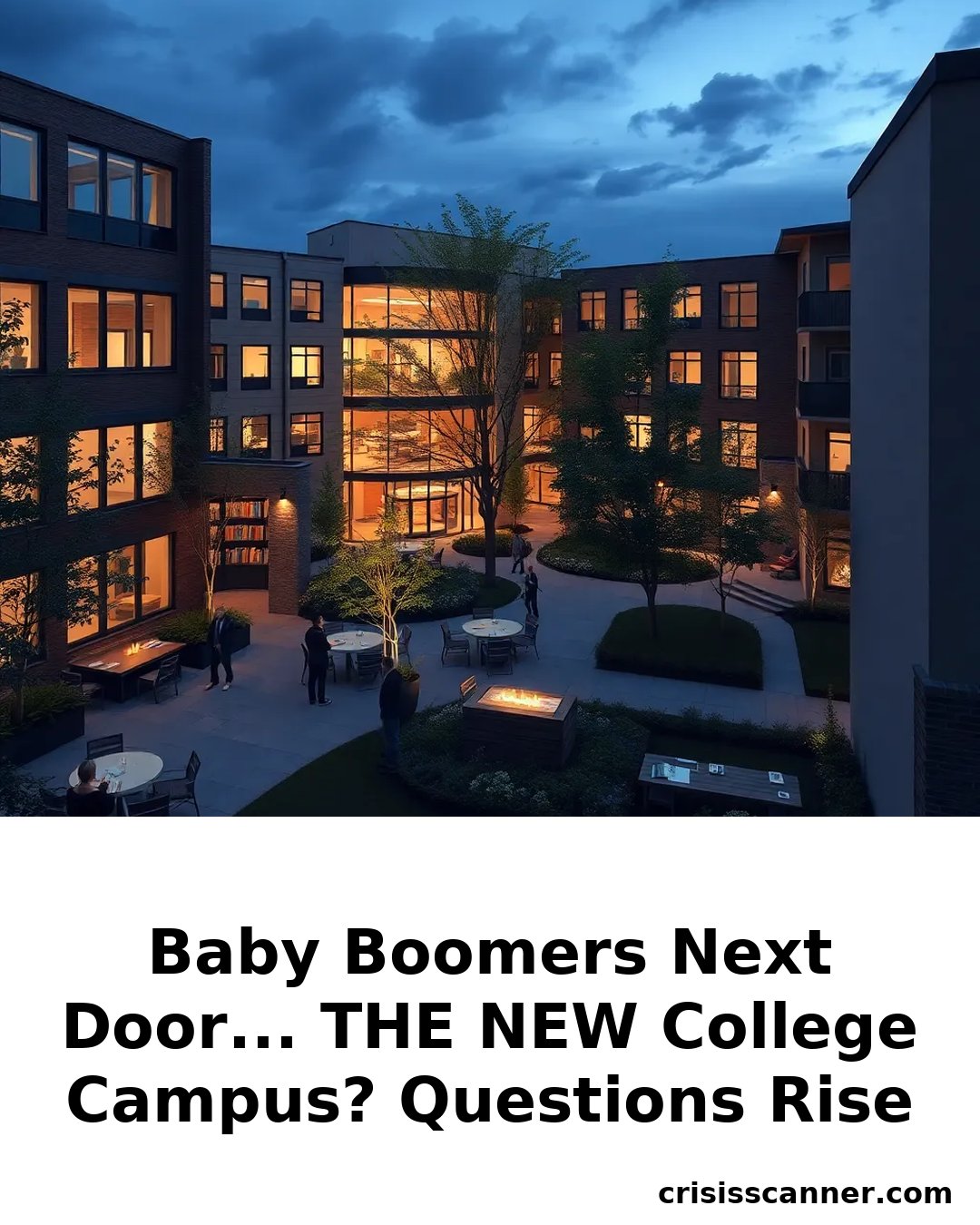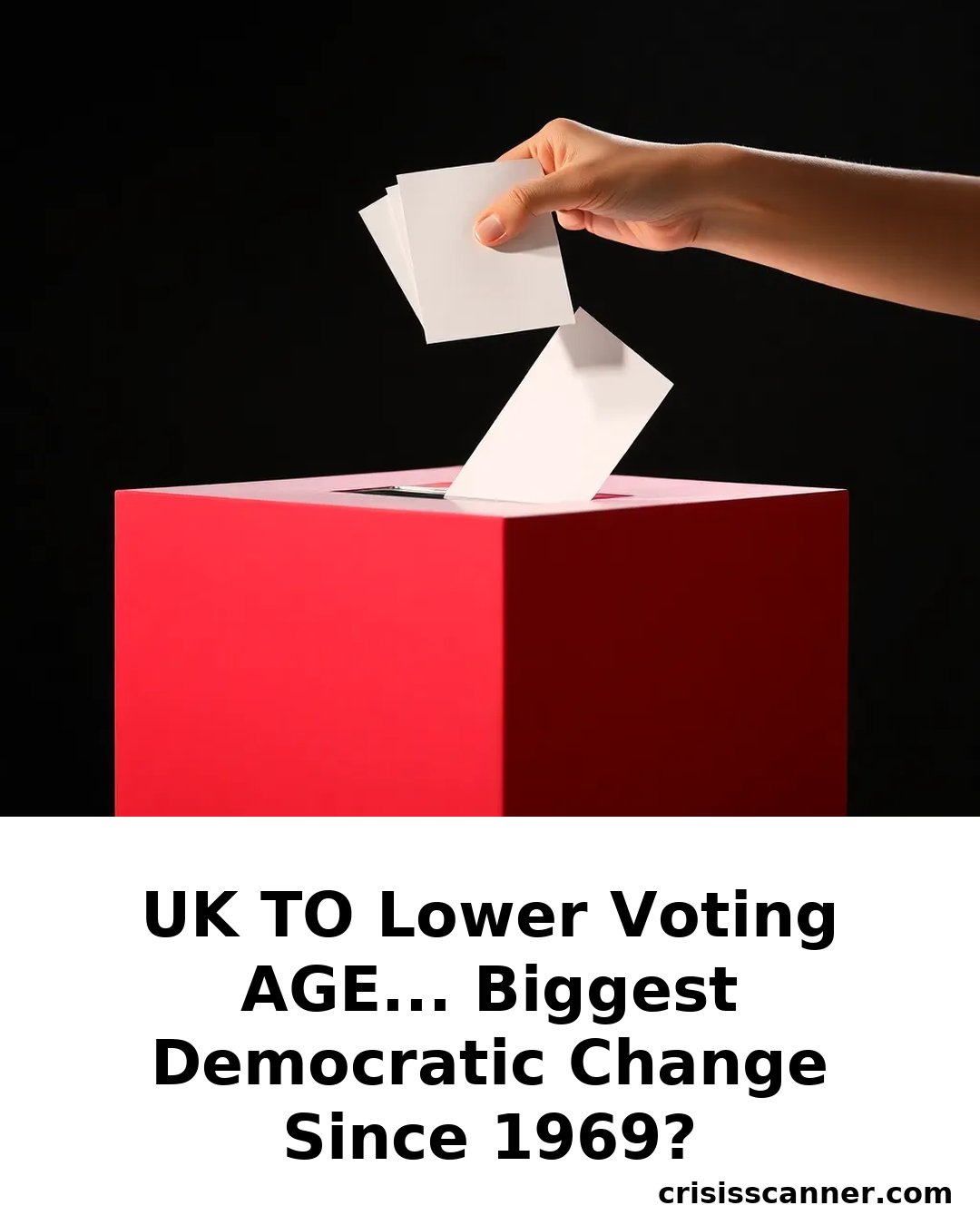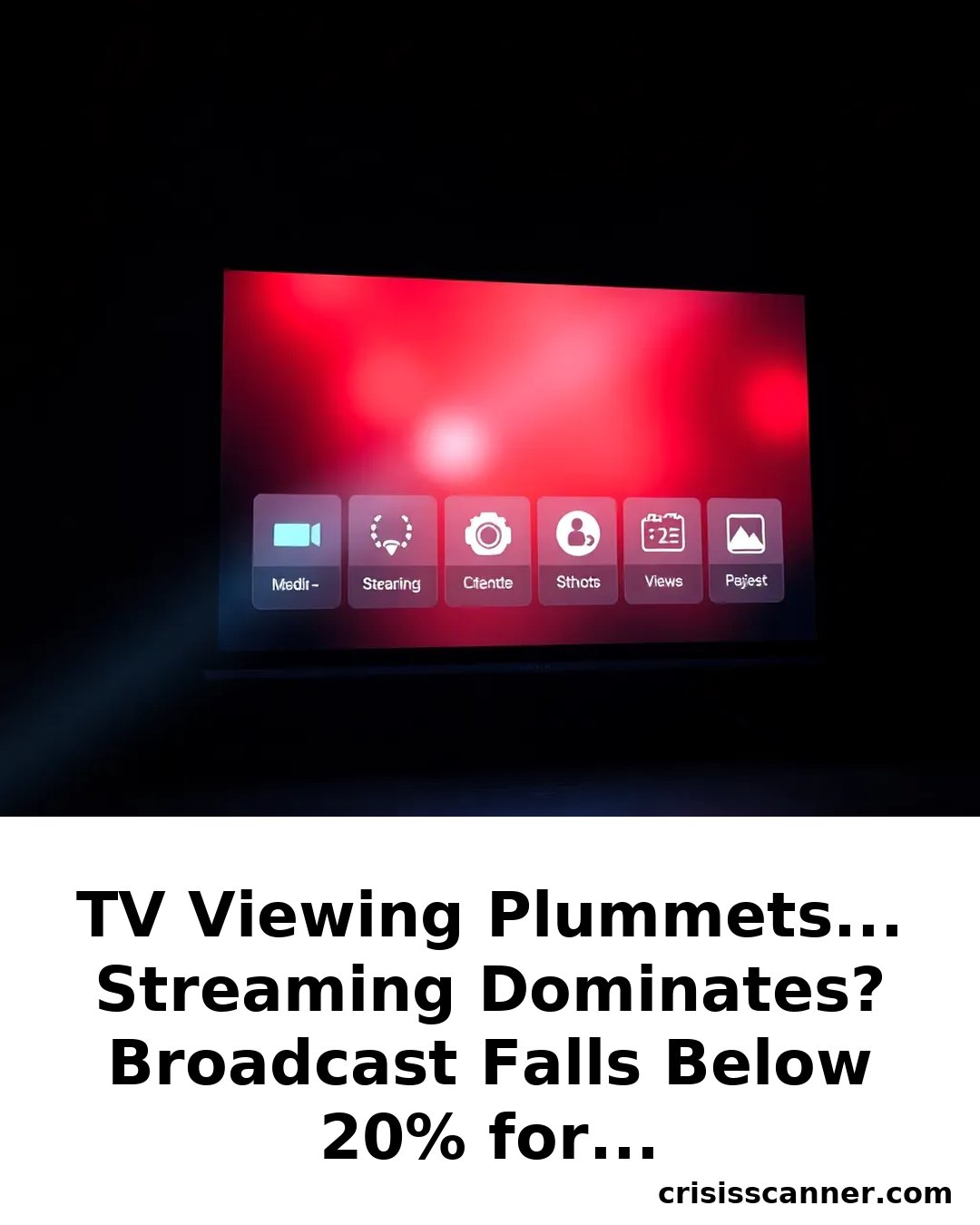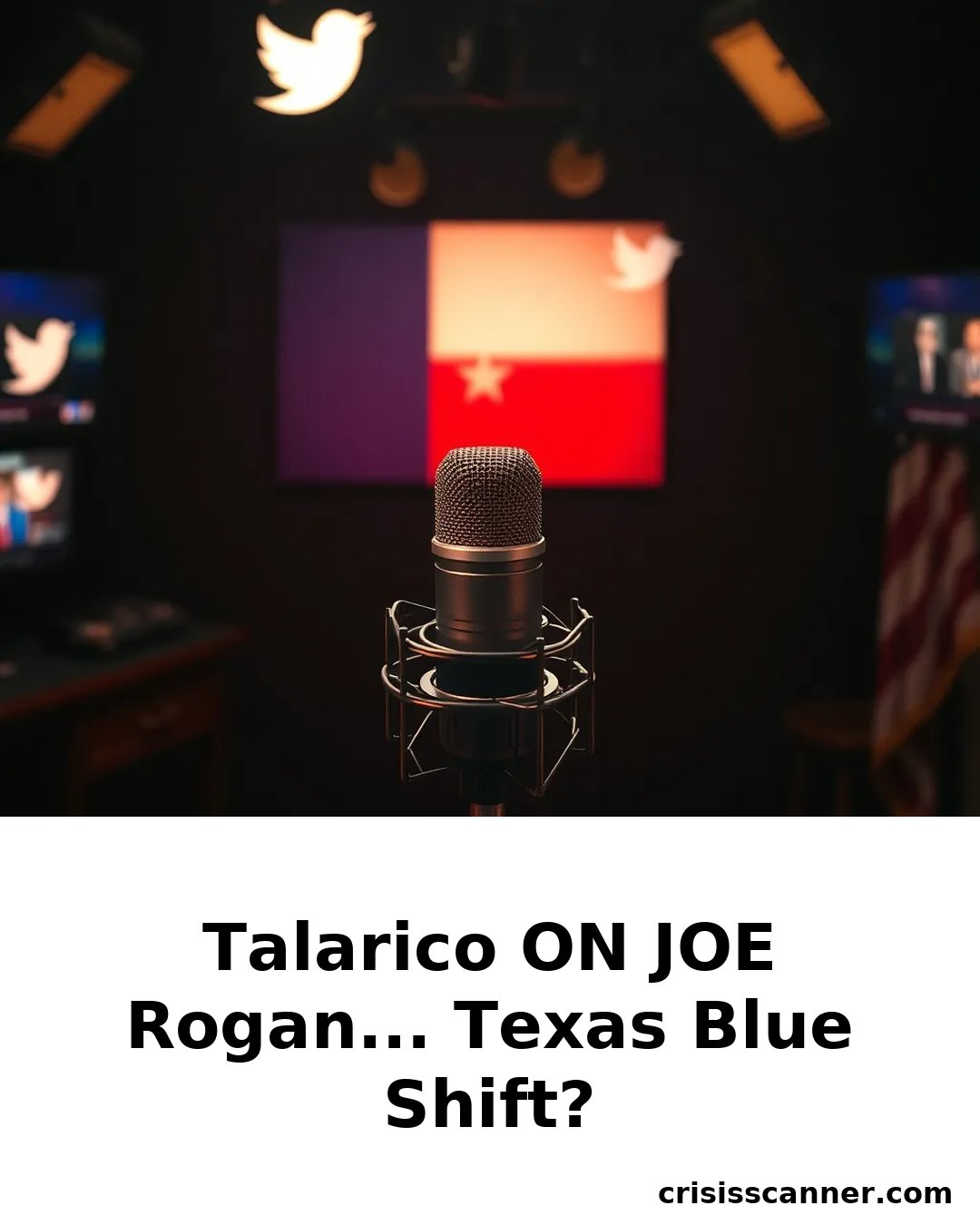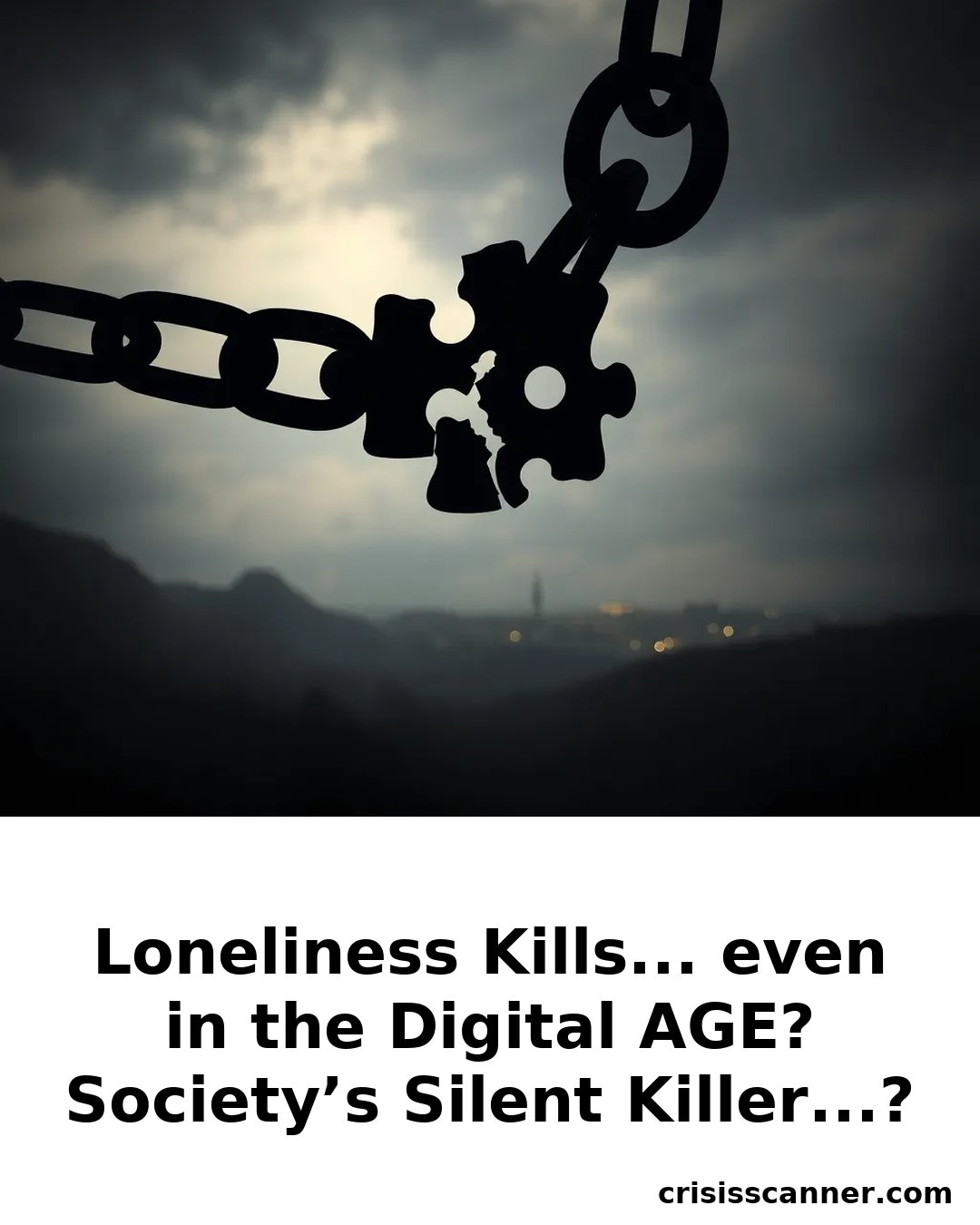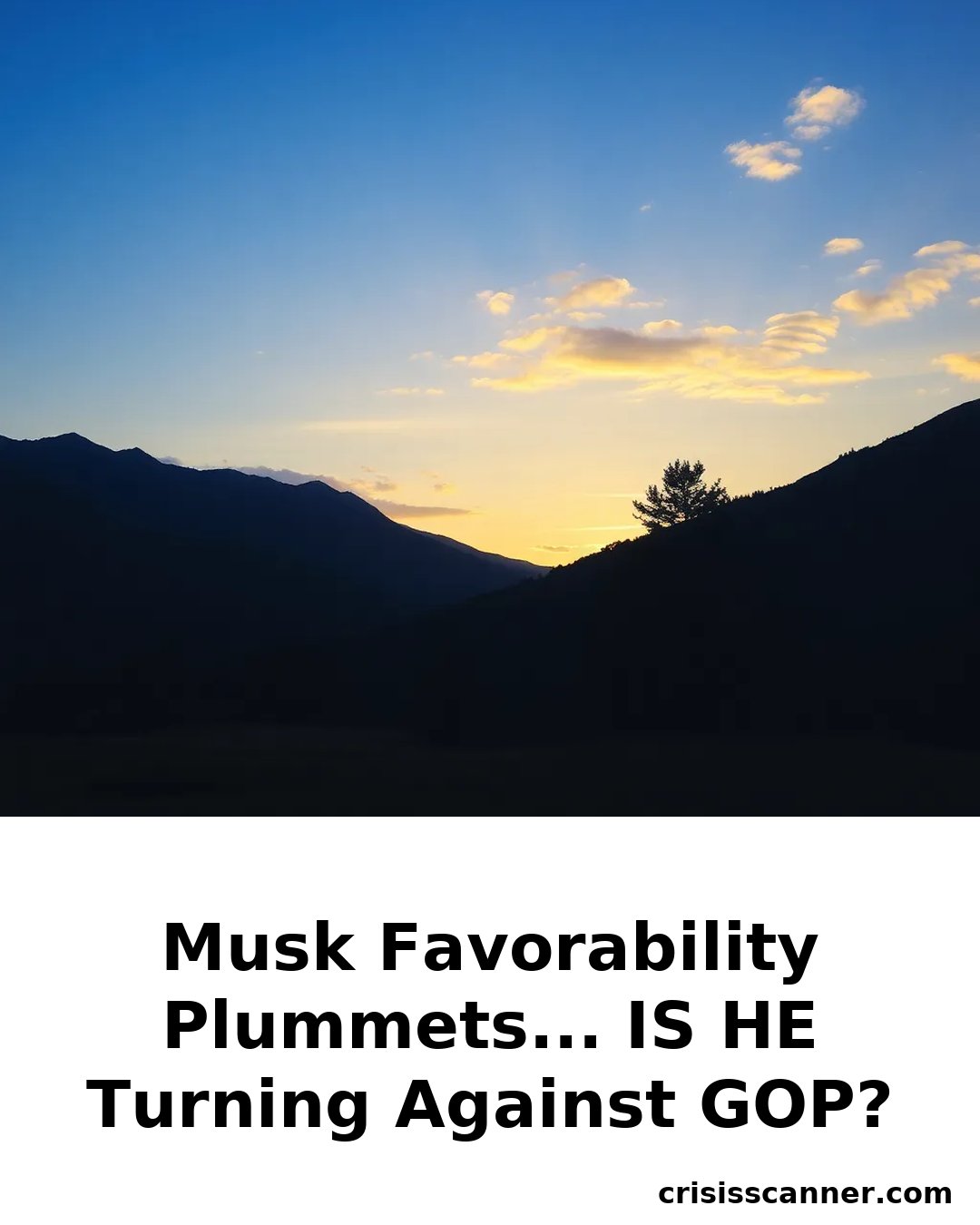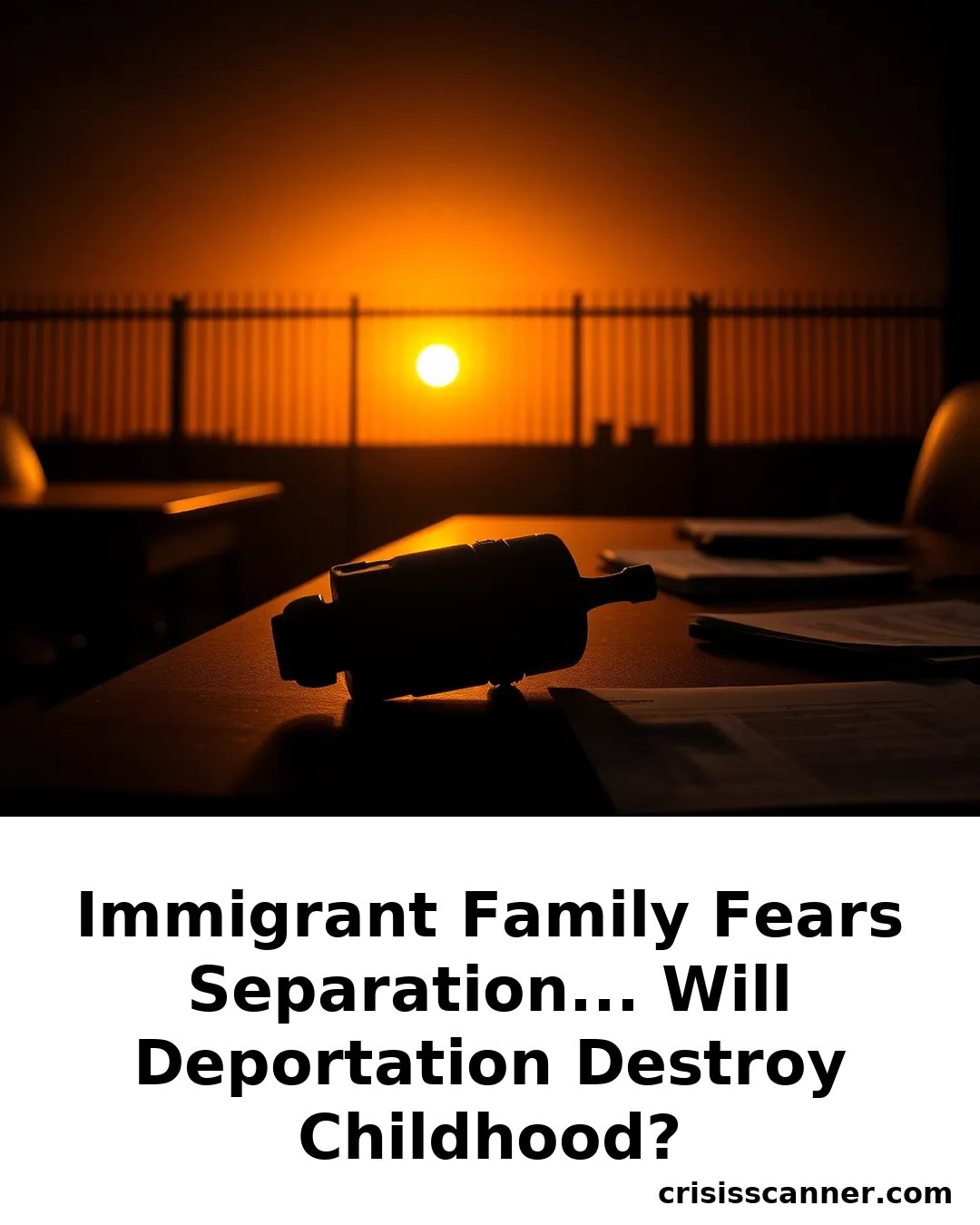The significant drop in broadcast TV viewership below 20% marks a pivotal moment in the media landscape, underscoring the triumph of streaming platforms like Netflix, which now command nearly half of all viewing time.
This shift not only reflects changing consumer habits, especially among younger demographics, but also signals a broader cultural transformation that could influence political communication strategies. As streaming becomes the primary conduit for entertainment and information, political campaigns and messaging may increasingly pivot to digital-first approaches, bypassing traditional broadcast channels that once held sway over public opinion. The decline of over-the-air networks raises questions about the future of legacy media’s influence in shaping policy debates and voter attitudes, particularly among older conservatives who still rely on traditional TV. This evolving landscape underscores the importance of understanding new media dynamics, as they could redefine political engagement and information dissemination in the coming years. Read the full story at the source.


